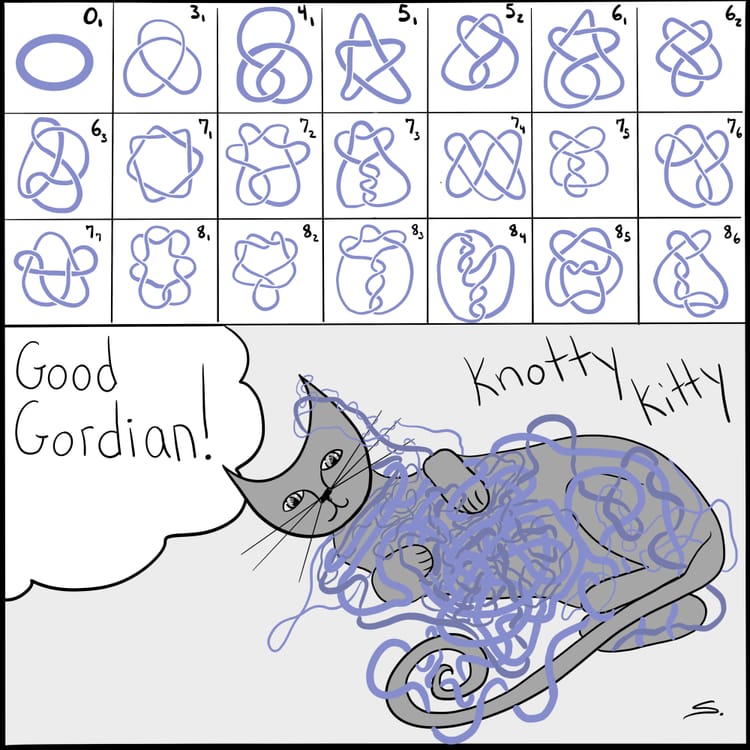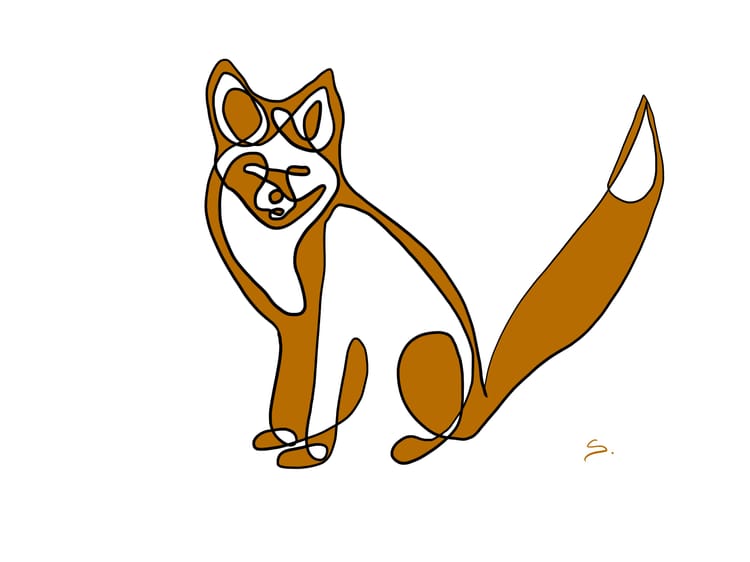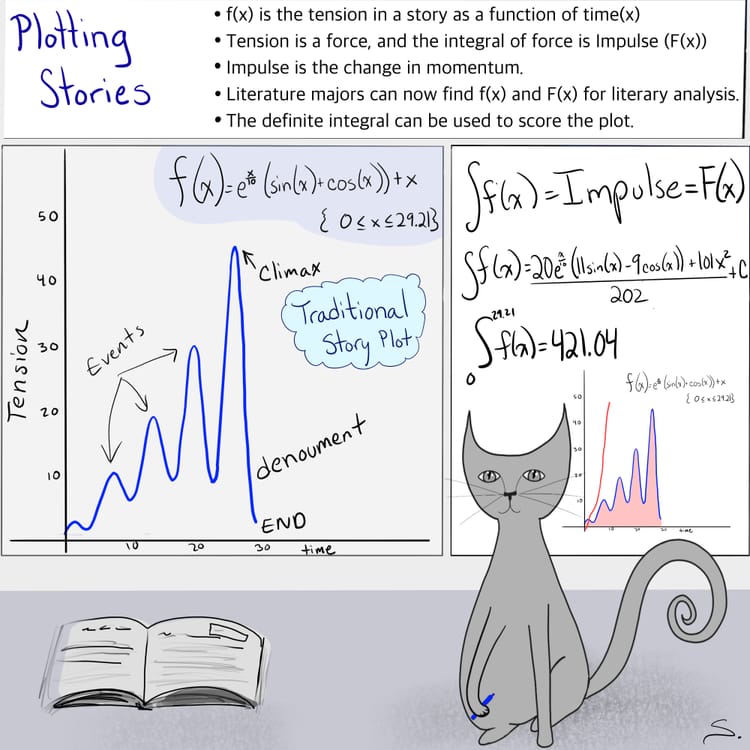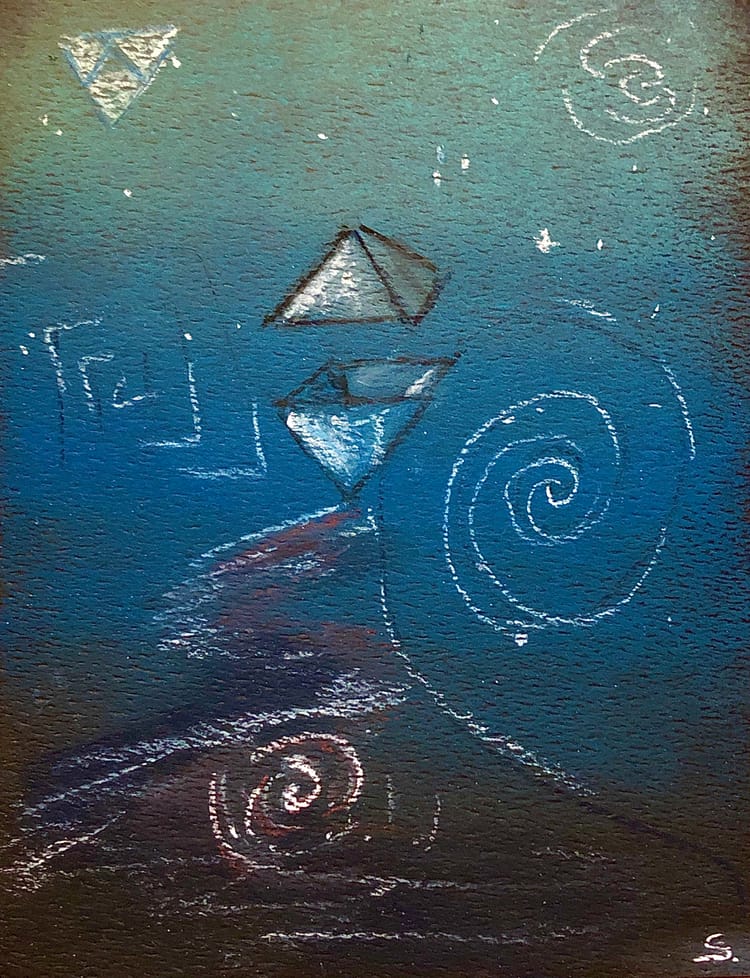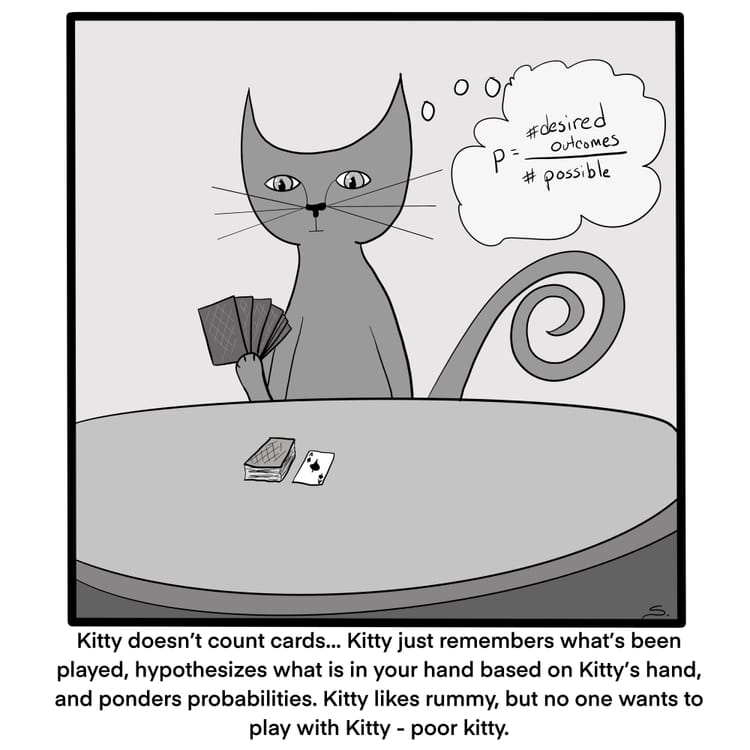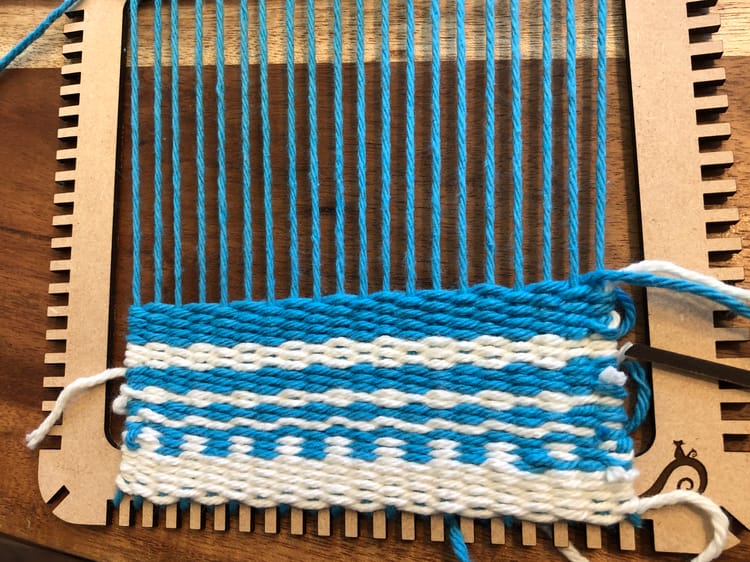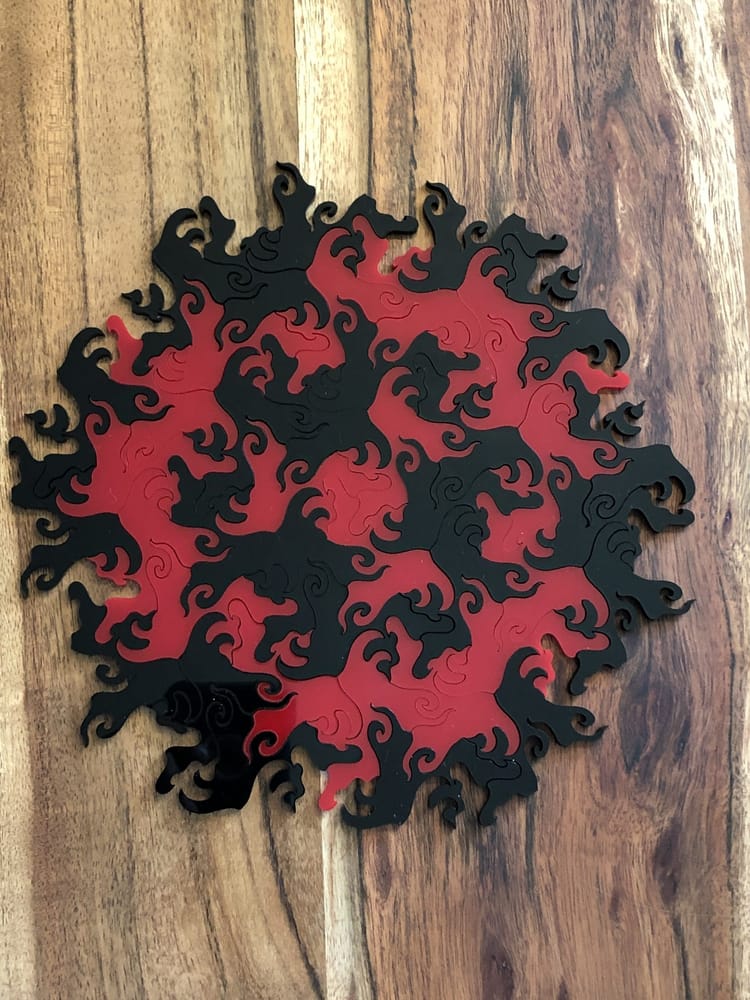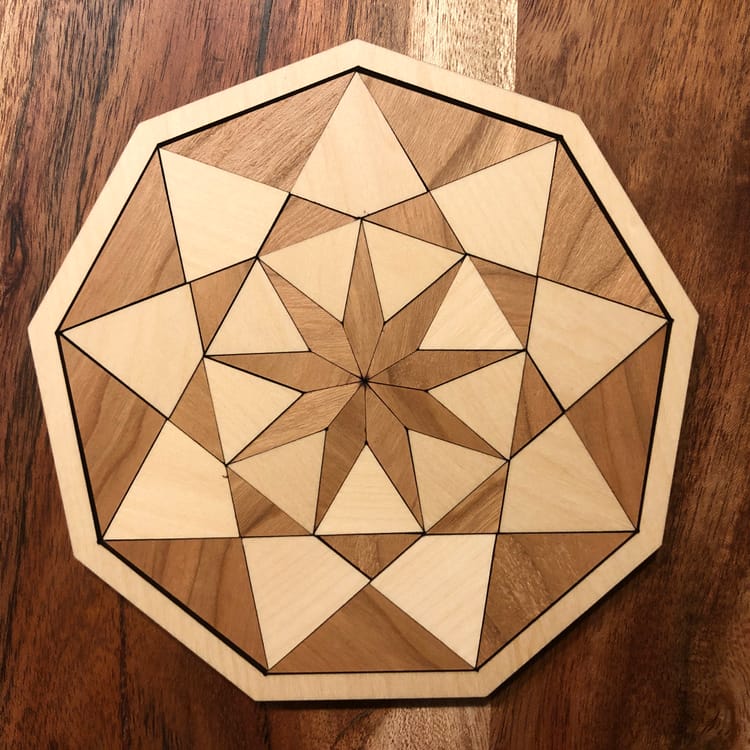Week 26: Musical Math
You don’t have to be a musician to play with music and math. This week, I encourage learners to experiment with sound and patterns. Below is a list of ideas to experiment with: Create a rhythm as an individual or a class that follows a sequence and build on it, (drums can be hands on […]
Week 25: Loopy Doodle Math
Doodling and math? Yes, we can play with doodles and see what patterns emerge. Finding patterns and problem-solving is a big part of math. For this week’s hands-on-math, learners are going to draw a loopy doodle where they start and end at the same point without lifting the pencil (or pen). Try to m
Week 24: Pastel Diagrams and Plots
Sometimes math diagrams, plots, and examples can be a little dry in our books and on the board. This week learners will be taking a diagram or plot that they want to improve upon and sketch it up with pastels, paints, or other media. Color, composition, and artistic embellishments can be added while
Week 23: Fibonacci Weaving
If I am not playing with math, then I am tangled in yarn and thinking about math. This week I combined the two and wove A small fibonacci washcloth. Fiber arts are so versatile and an insanely fun way to express mathematics. In future weeks we will look at collage (wool applique), Cantor art, etc. [
Have you Tessellated today? Rotational Play
I posted on translating tessellations yesterday, and ended up playing with a rotational tessellation on my ipad. I had to laser print it of course and see all the various patterns. I love math!
Week 21: Hexagon Tessellations
I love tessellating! This week we are playing with hexagons. Learners can either draw or cut various hexagonal designs with various colors. It is fun to see what secondary patterns can occur. Do other polygons tessellate? This is a wonderful activity to practice mindfulness and presence as you play
Week 20: Angles within a circle
This week learners can play with angles with both grand projects and smaller art projects. There are 360 degrees in a circle or 2pi radians. Learners can draw a circle and then mark every 20 degrees (or every 30 or any factor of 360). Factors: 1, 2, 3, 4, 5, 6, 9, 10, 12, 15, […]


